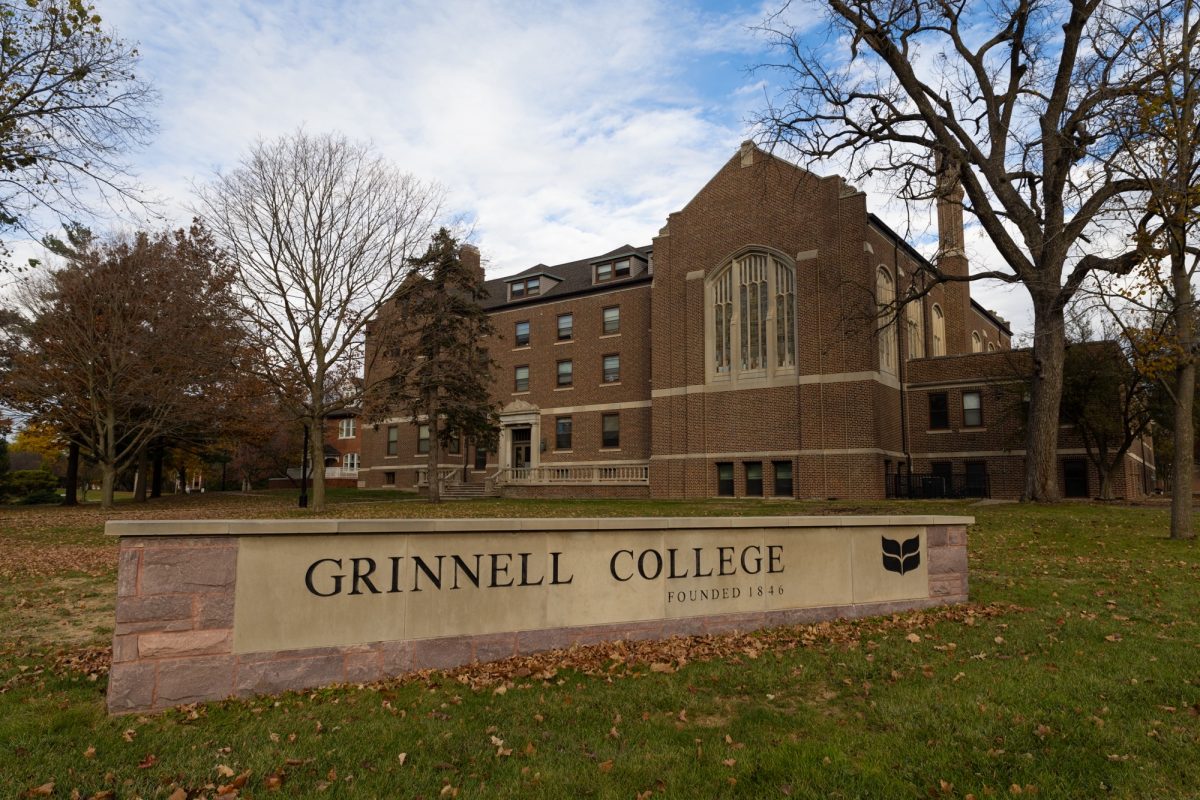Two years ago, students seeking counseling services hopped in the Health Center minivan and took a ride across town for each appointment. The College provided them with eight sessions at Poweshiek Mental Health, regardless of situation or need. While Poweshiek Mental Health met the needs of many students, its inaccessibility and pre-determined number of visits turned students off and increased the stigma against seeking help for mental health. In 2011, the school moved away from Poweshiek and completely revamped its mental and physical health services into one system: Student Health and Counseling Services (SHACS).
SHACS brought counseling onto campus and the appreciation was incredibly clear as demand for therapy dramatically increased. Increased convenience, word-of-mouth and, in some cases, a higher quality of therapy had students flocking to the Forum for short-term therapy. In the S&B staff’s anecdotal experience, after SHACS began offering therapy on-campus, students began talking more about their struggles and successes with mental health; therapy became a more socially-acceptable and even a popular topic of conversation; and students began to actively encourage one another to check out the therapists at SHACS. The S&B really appreciates all of the work SHACS has done toward improving student mental health and expanding outreach, because the need at Grinnell is great.
These moves were in response to the American College Health Association’s National College Health Assessment, administered to Grinnell in the Spring of 2007 in which more than a quarter of Grinnellian’s reported experiencing depression, while a fifth of the student body said they had experienced anxiety disorders. These numbers compared unfavorably to those of other small colleges and the national rates. The expansion of SHACS certainly jumpstarted efforts to improve Grinnell’s statistics, and it’s done a great job thus far.
However, as therapy services increased in popularity, demand has surpassed the supply of therapists significantly. If a student booked an appointment yesterday, March 1st, the earliest appointment available would have been March 16th, more than two weeks later.
The S&B believes this length of delay needs to change. While we recognize that SHACS is presently constrained by both space and staffing issues, we think the mental health of students should be a top priority; no student should be discouraged from making an appointment with SHACS because of a long wait time.
SHACS is currently working on increasing the number of therapists available through a pre-doctoral internship program. Doctoral students would be a cost-effective way of increasing capacity, according to Stephanie Brown, Lead Psychologist and Director of Student Health and Counseling, but they still require salaries and space. She says that an internship with doctoral students could begin at the earliest by 2014.
So our editorial this week is two-fold. First, for the time being, we strongly encourage students interested in therapy to make appointments regardless of the wait-time. Second, we urge students, faculty and administration to make the expansion of SHACS a high priority, long-term goal. Faculty can weigh in on the need for services as well as contribute ideas for how to move forward. SGA should gather student ideas and support for improvements and expansions. The administration should create a comprehensive plan for a larger space and more funding for SHACS. Students clearly need the support of therapists and will benefit greatly from increased availability and timeliness of services. The S&B hopes to see changes coming soon.




















































Chris Falley • Apr 5, 2012 at 4:52 pm
Master’s level-therapitst are just as effective, and typically cost less than psychologists. Save the psychologists for testing and evaluations, and let Master’s level people do the counseling!